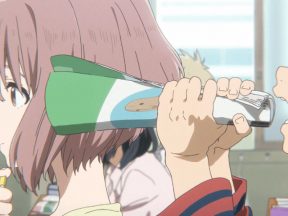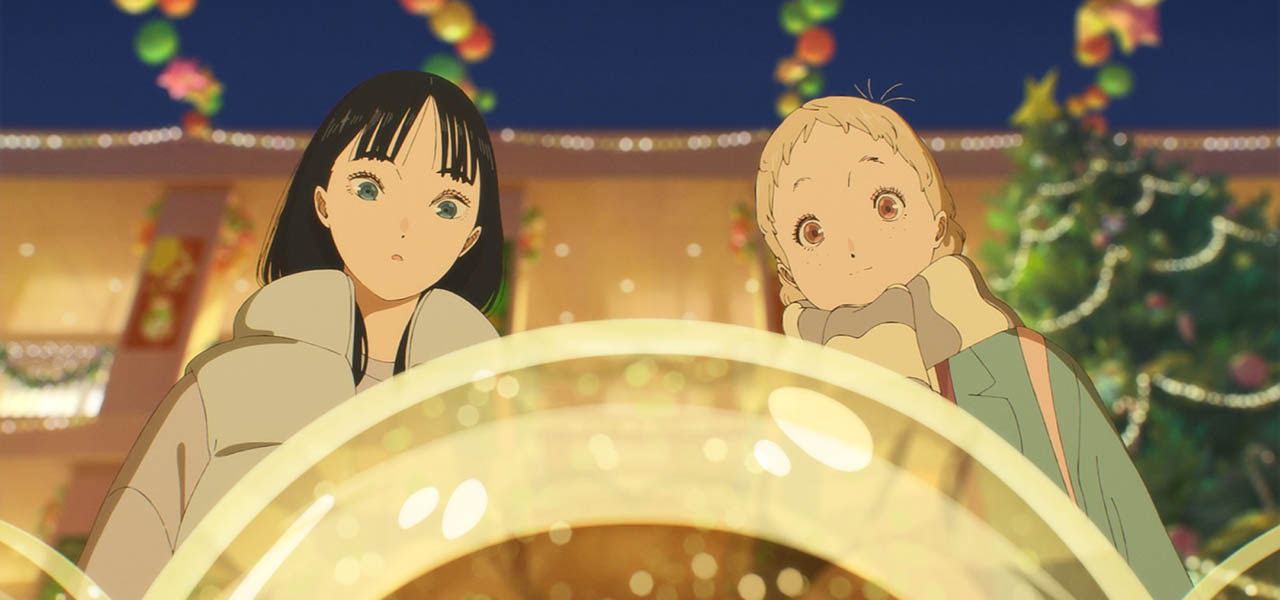
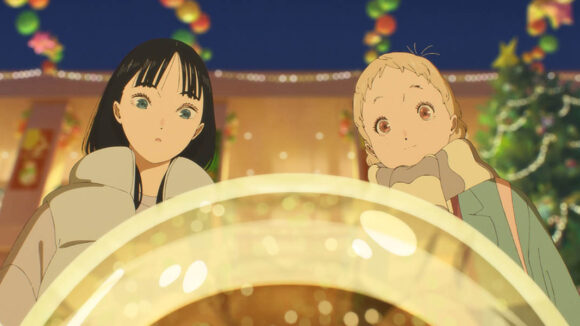
“Sometimes We Can’t See Ourselves As What We Are”: Director Naoko Yamada On Why She Made ‘The Colors Within’
Among Japanese feature animation directors, Naoko Yamada is a unique figure in many ways. Not only has she managed to build a career as a woman director in a male-led environment, she has also worked with prominent studios over the years and is often responsible for her own films’ storyboard and music.
Starting from K-ON! anime series in 2009 to her work as a unit director a year later on The Disappearance of Haruhi Suzumiya, both at Kyoto Animation, she then went on to direct series and feature films alike, with titles such as Liz and the Blue Bird, A Silent Voice, and The Heike Story, the latter marking her first collaboration with Science Saru, the studio behind her latest film.
A music-lover, Yamada’s bond with the art of sound and melody couldn’t be more prominent than it is in The Colors Within, which had its North American premiere at Animation Is Film last month. The film will be released in the U.S. on January 24, 2025, through GKIDS.
The film follows Totsuko, a teenage girl who struggles with self-doubt and the feeling of being lost in the world, while coping with synesthesia. Her journey is depicted through vibrant and symbolic colors, representing her emotional state and inner world. Throughout the narrative, she is seen trying to connect with herself and others, finding her true voice with the help of Kimi and Rui, who eventually all learn to embrace her unique perspective and talents.
While the director has already made it clear that music and sound play a strong role in her cinema, The Colors Within takes the bond between animation, music and, in truth, life, to another dimension of Yamada’s career. Cartoon Brew spoke with Yamada about her latest film, animation as a medium, and the art of sharing emotions with drawings, sounds and colors.
Cartoon Brew: How does The Colors Within fit within your illustrious career to date and what was something new that you specifically wanted to do with this film?
I’ve directed several films now, and they always teach me important lessons. In this one, I’ve tried to take everything that I’ve learned so far and make use of it to deliver the best story. The most recent film is always the one that’s at the top of my mind of course, but what I wanted to show with this one was how people communicate with each other, and how it can feel to be different from others somehow. That’s what Totsuko’s character is all about. For me, everyone has a kind of sense when it comes to communication, the colors that Totsuko sees are only a manifestation of this power that we all have, to see beyond appearances, if we look long enough.
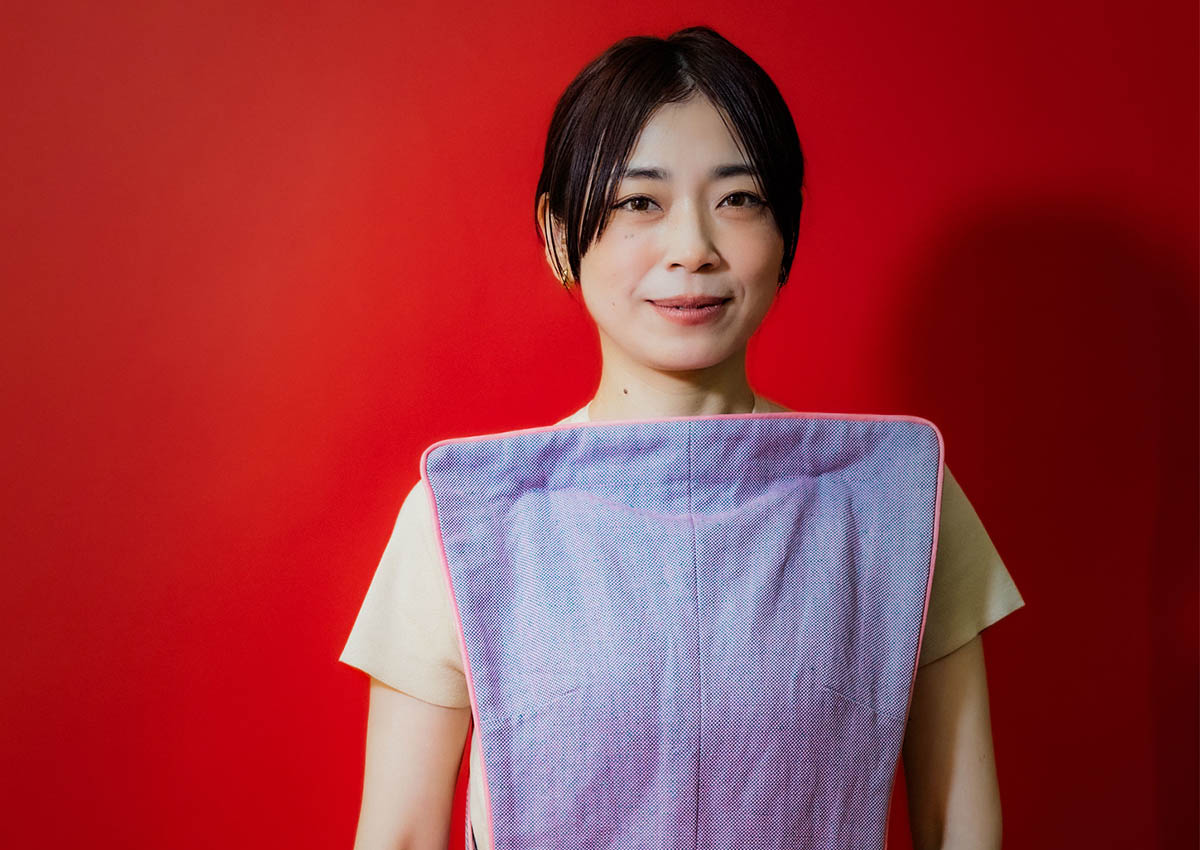
Music plays a big role in understanding the characters and their communication with each other. How did you work with your composer Kensuke Ushio to convey these feelings?
To me, it was important that these songs – the ones that the children create within their band – shouldn’t sound like grown-up music. It had to be believable that this music was truly created by these three characters – Totsuko, Kimi and Rui – with their skills and their knowledge of music. I wanted to show all these characters as individuals with their own challenges, complexities, and sincerity, especially the children. As I got older, I’ve grown up mentally, but I still respect the young people, and I think it’s important to try and talk to everyone as an equal, and to respect everyone’s dignity. I didn’t want to show adults as characters who were only trying to get in the way of things, and youngsters as people only doing what they wanted to do. I wanted to depict all my characters as human beings, with their flaws and fragility, and reassure the teenagers that it’s okay to be themselves fully.

The Colors Within showcases different styles and animation techniques. Talk a bit about your visual approach to the film.
What I really wanted was for the audience to understand and be able to share the way that Totsuko sees and feels the world. And so, I just kept on working on those sections of the film, until I got to a place where that would be expressed, but at the same time without losing track of the audience. It was a balance to find between Tostuko’s imagination and the real world surrounding those characters.
What were the biggest challenges during this production?
For me, writing and drawing the storyboards is always the hardest part. This was particularly true in this case, as the film is an original story. I knew I had to create something nobody had ever seen before, and that was both exciting and nerve-racking at the same time. With this film, obviously finding the balance between the two worlds was also a challenge, but developing those with the team was also a lot of fun. A series of trial and error that led to this result, which I’m very proud of.
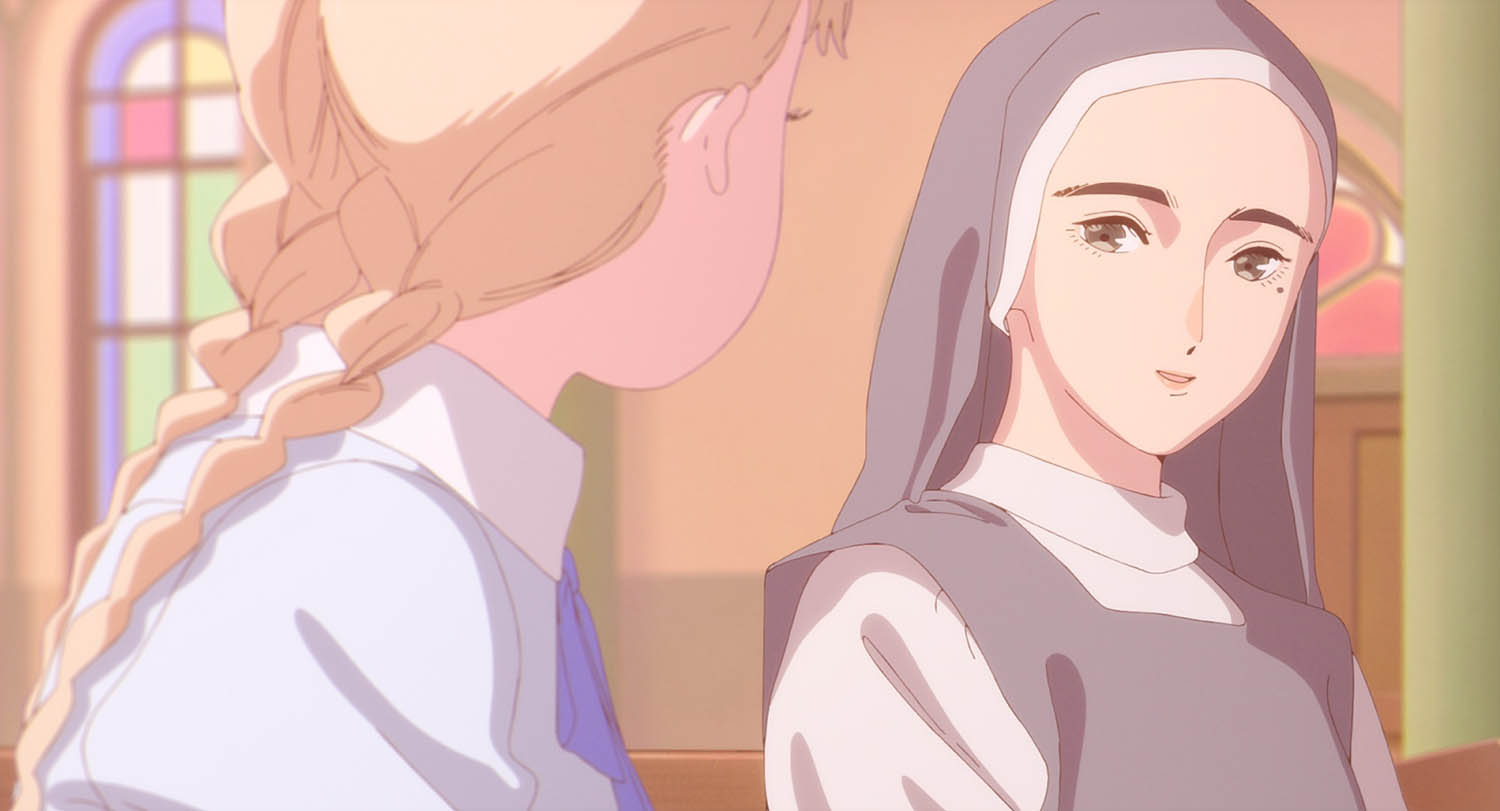
If you were in Totsuko’s world, what would your color be?
I feel like it’s the hardest question for me to answer! I would say that I don’t know myself very well, because when I look at the world, I see everyone else. So I would not be able to answer that question right now. What I do know is that if – as a teenager – you do not fit in a box, or if you’re not able to be in the category that you want to be, then it can feel like you’re being rejected. Or maybe you’re rejecting yourself, and that leads to negative feelings. And that was the whole idea behind this film, a Japanese topic but also a very universal one. Sometimes, we can’t see ourselves as what we are, and it’s wonderful to find somebody who can show us this positive side of ourselves, and that was one of the reasons I wanted to make this film.
A last question and a big one: What is animation for you as a medium?
I feel I’ve been making animation for so long that I think I take it for granted. But I think you just reminded me of what a miracle it is that I actually get to make animation, and I’m really grateful for that. For me, I would just say that animation is life.


